To be an impressive and effective graphic designer requires keeping up with the ever shifting trends. More than perhaps any other artistic medium, the cutting edge of graphic design is always changing, always pushing forward. Even if laypeople can’t necessarily pinpoint what makes a particular graphic feel aged, it still might come across as out of touch. That’s why it’s so important to know what is popular in the field of graphic design. Here are ten of the top graphic design trends in 2024.
AI enhancement
Currently, there is a firestorm of debate about the professional use of AI. Some people love it, others hate it, it’s been the center of numerous legal battles and surely countless more will follow. One way or another, though, AI is here to stay, and many graphic designers are learning to harness AI to help them.
Obviously, you can’t just type a prompt into an image generator and then use that as your graphic. But there are plenty of other ways that AI can enhance your work, from helping you brainstorm ideas to assisting with image touch-ups. More and more as we step into the future, AI is going to have an impact on every artistic field, including graphic design.
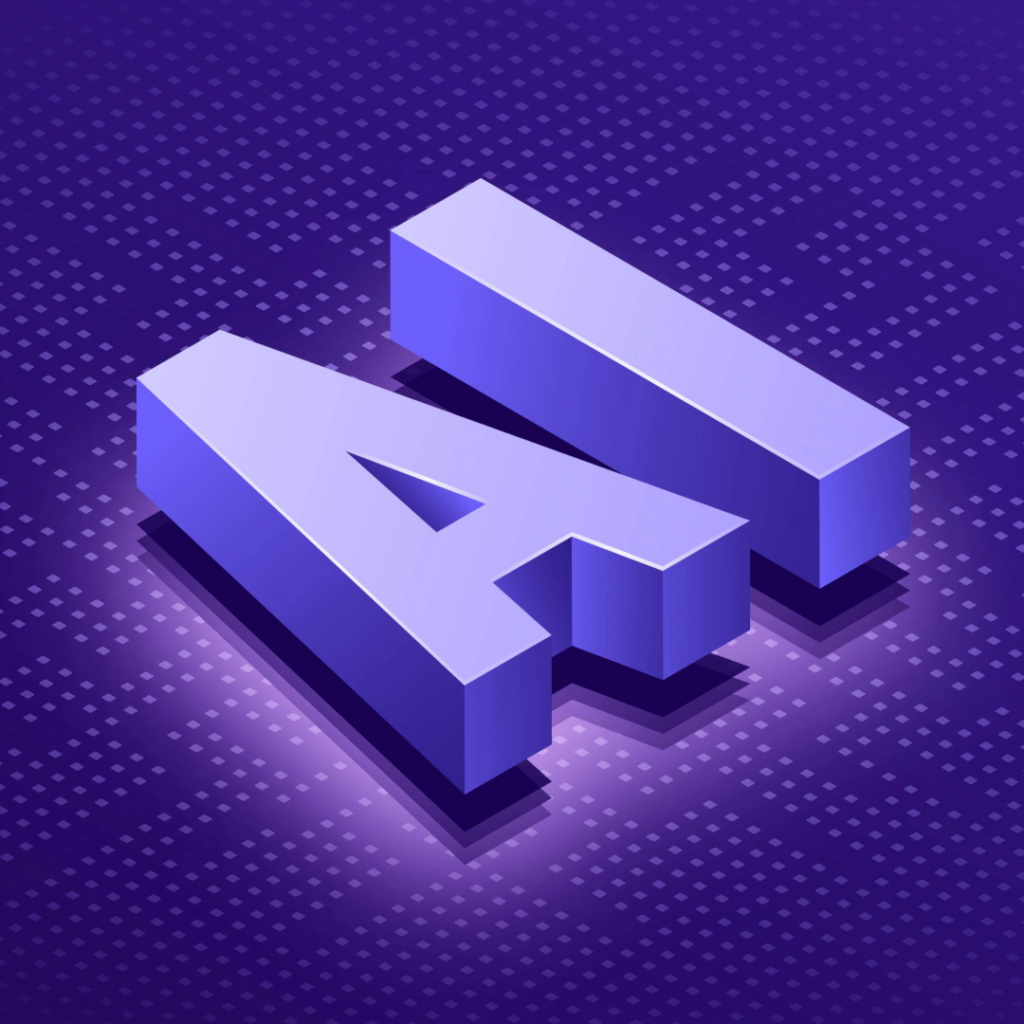
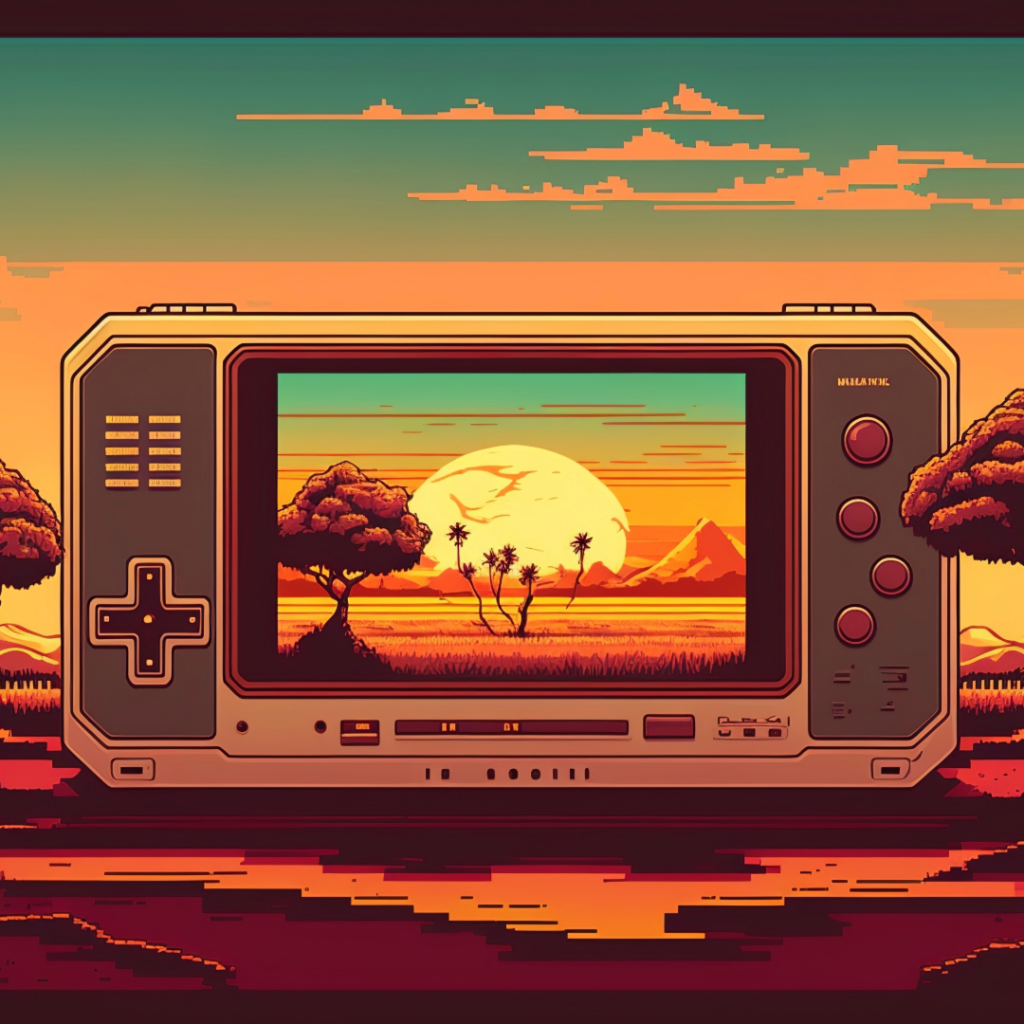
Pixel Art
Retro is always in, but our idea of what retro is will always be a moving target. A common theory behind this social phenomenon is generational, as the children of twenty and thirty years ago step into decision-making roles in the prime adult demographic, whatever they grew up with becomes popular again.
It’s why the 80s gave us so many 50s movies, just like we have Stranger Things reflecting the same thing now, and in the design field, it’s why pixels are making a huge comeback. In the 80s and 90s, large square pixels were the only options to create images using limited disk space; now, they evoke comfortable feelings of getting up on Saturday morning to play video games on a clunky console.
Inclusion
Even if retro themed designs are always popular, in one fashion or another, if you take a look at some actual graphics from generations past, you can easily see that they don’t represent the world as it is now, or even as it was then. The people pictured in older graphics are almost always white, almost always heteronormative, almost always ascribing to gender roles; basically portrayed in ways that were “acceptable”.
As we all know, such a way of looking at the world isn’t acceptable now, and shouldn’t have been then. Instead, graphic designers in 2024 strive to use their art to portray the world as it actually is, with every ethnicity, sexuality, gender, age, and level of ability represented. It’s more compassionate, more perceptive, and above all, more accurate.
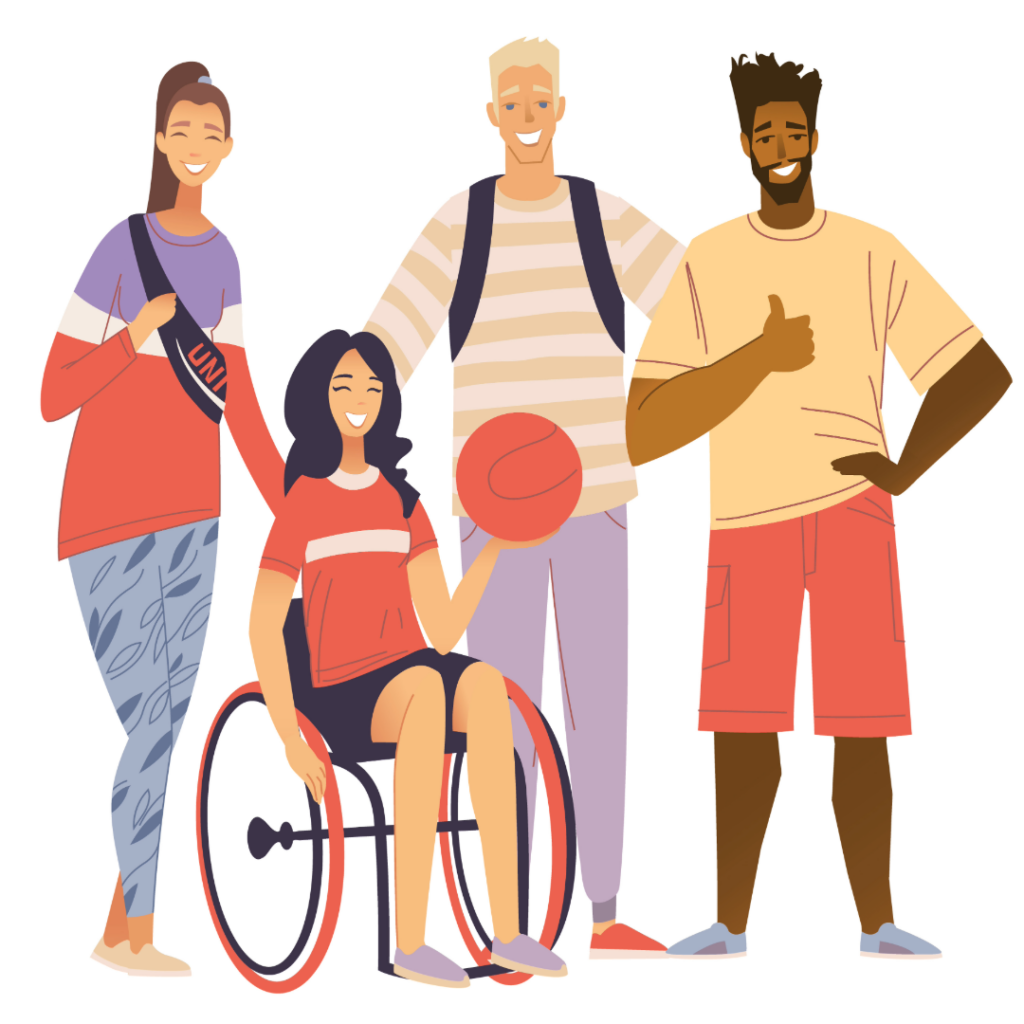
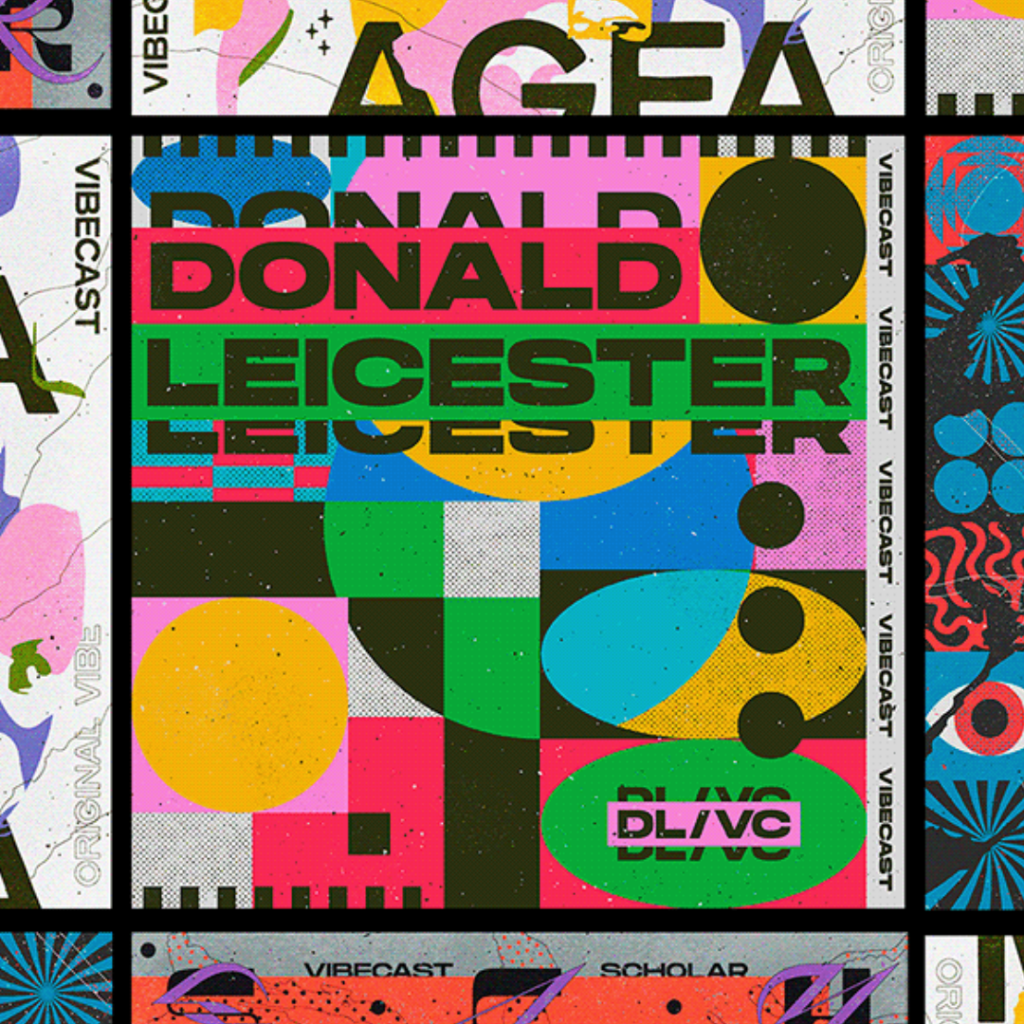
Maximalism
Minimalism is a graphic design mainstay that’s not likely to go anywhere anytime soon, but wherever there’s culture, there evolves a counter to that culture.
Almost as a deliberate response to simple graphics that some new designers perceive as boring, maximalism is one of the fastest growing graphical movements in 2024.
Defined by bright colors, big letters, and using as much space as possible, maximalist designs are splashy, eye-catching, and demand the audience’s attention.
Expressive Typography
Graphic design is, at its very core, using images to express more than words could do on their own. But that doesn’t mean that words are never used in graphics; of course they are!
Oftentimes, the words themselves are worked into the graphics in ways that supplement both. That’s the philosophy behind expressive typography: rather than having graphics and words working alongside each other, expressive typography turns the words themselves into a canvas.
In 2024, designers are pushing the envelope more and more into how artistically they can render words in a way that supports the central design.
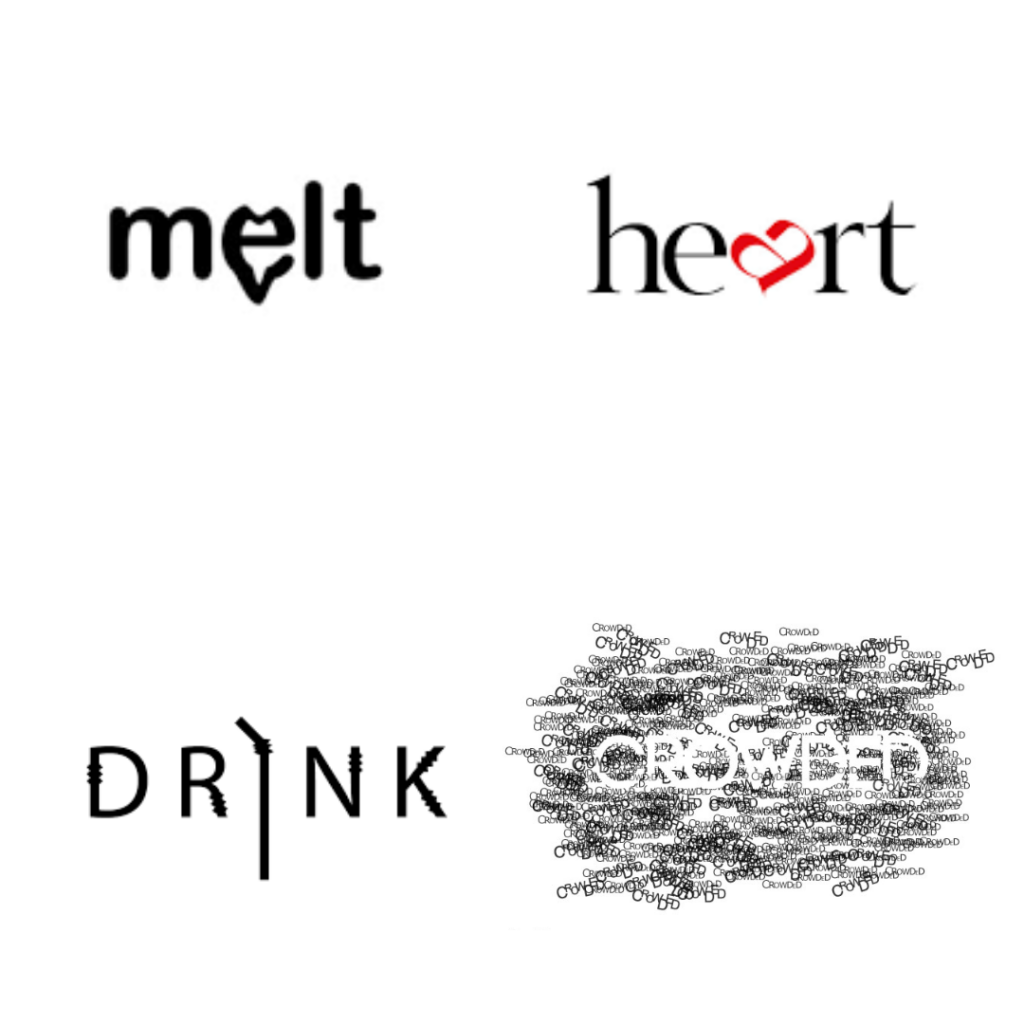
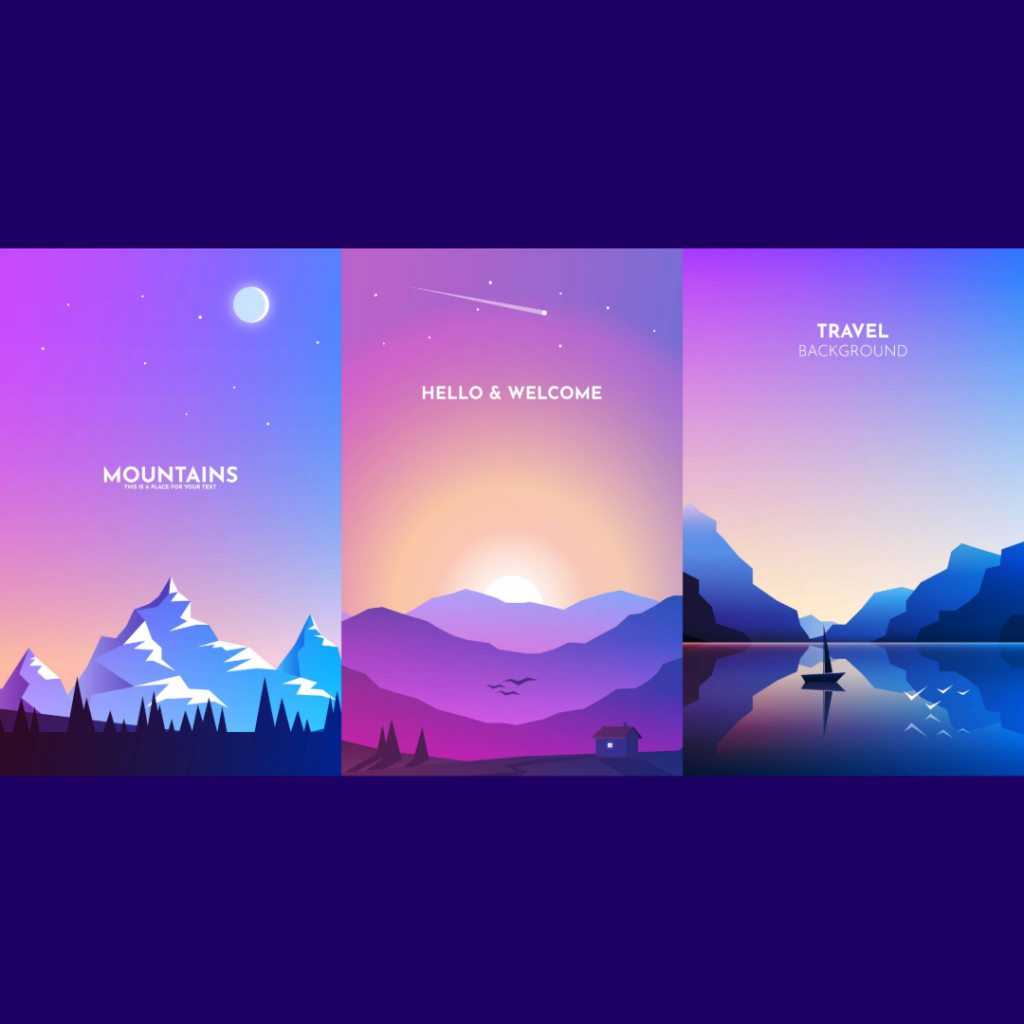
Gradients
Utilizing gradients, the slow shift from one color to another, in interesting ways, has been at the forefront of graphic design for several years now, and 2024 is no different in that regard.
Graphic designers have been exploring different methods for creating eye-popping visuals, whether it’s through unusual color combinations, combining three or more different colors for interesting effects, or one particularly interesting new gradient trend, heatmapping.
These complex swirls of color reminiscent of topographical maps or social science maps have an incredible capability for creating visually interesting designs full of depth and dimension.
Nature Aesthetic
With the looming threat of climate change and ecological sustainability at the forefront of everyone’s minds, it’s no surprise a return to nature aesthetics is a big trend in 2024.
This movement uses colors and visuals that evoke feelings of nature, the lush greens and deep browns of the forest, the sandy tan and bright blue of the beach, bright colors that are grounded in fruits and flowers. In some instances, if the option is there, some designers are even opting to use more natural materials in their products.
The technological and social push forward can feel exhausting, and the world around us can seem more and more technical and impersonal, so this drive towards natural aesthetics is one that resonates with a lot of people right now.

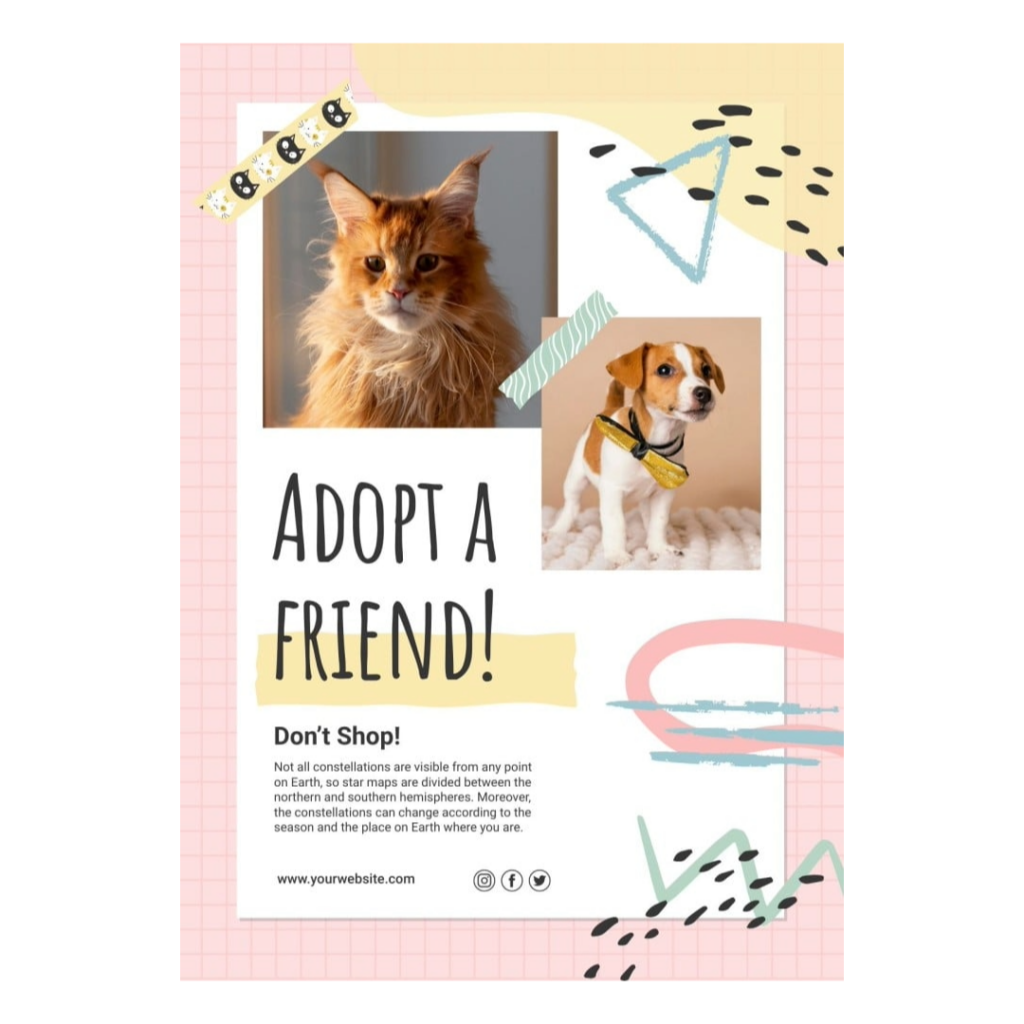
Scrapbooking
Just like that nature aesthetic, scrapbooking style graphics engender a sense of verisimilitude that can feel extremely powerful.
This style is deliberately haphazard, with polaroid style pictures and big balloon letters, perhaps some doodles in the margin, all in an effort to feel humanizing. It taps into a similar feeling as the prominent rise of pixel art, as scrapbooking itself brings a sense of nostalgia to many of us.
With so much of the world around us growing more technical and more impersonal, imparting a bit of your humanity into your graphics can go a long way in reaching your audience.
Vibrant Contrast
Bright, eye-catching colors are more popular than ever; possibly as our attention spans get shorter and shorter, the graphics that designers use to catch our attention get brighter and more vibrant. But there’s more to it than simply catching the eye, you want your message to be clear and impactful.
That’s where high contrast designs come in, using the very colors themselves to draw your audience’s eyes where they need to go. An extremely vibrant design with clear, high contrast portrays a sense of energy and of power.
Beyond that, the clear contrast makes graphics more accessible to those who might have visual impairments.
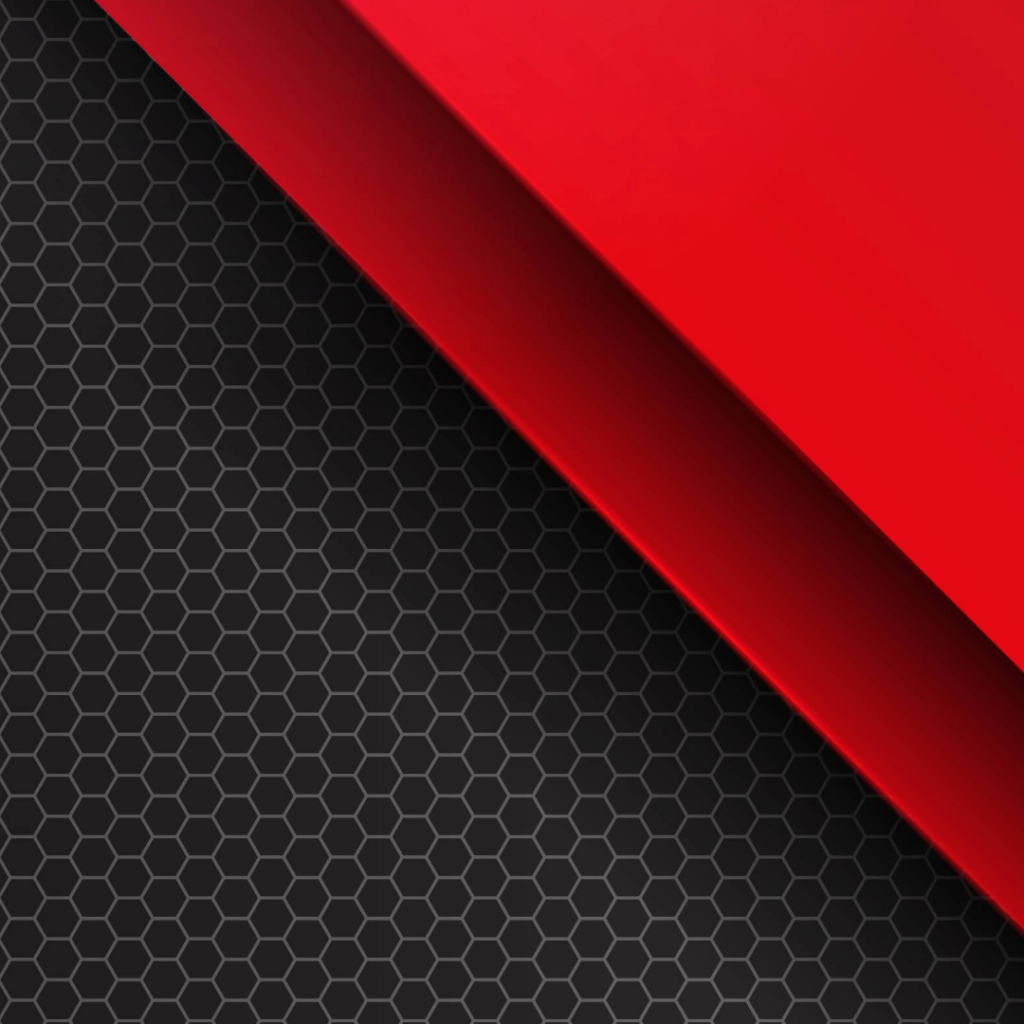
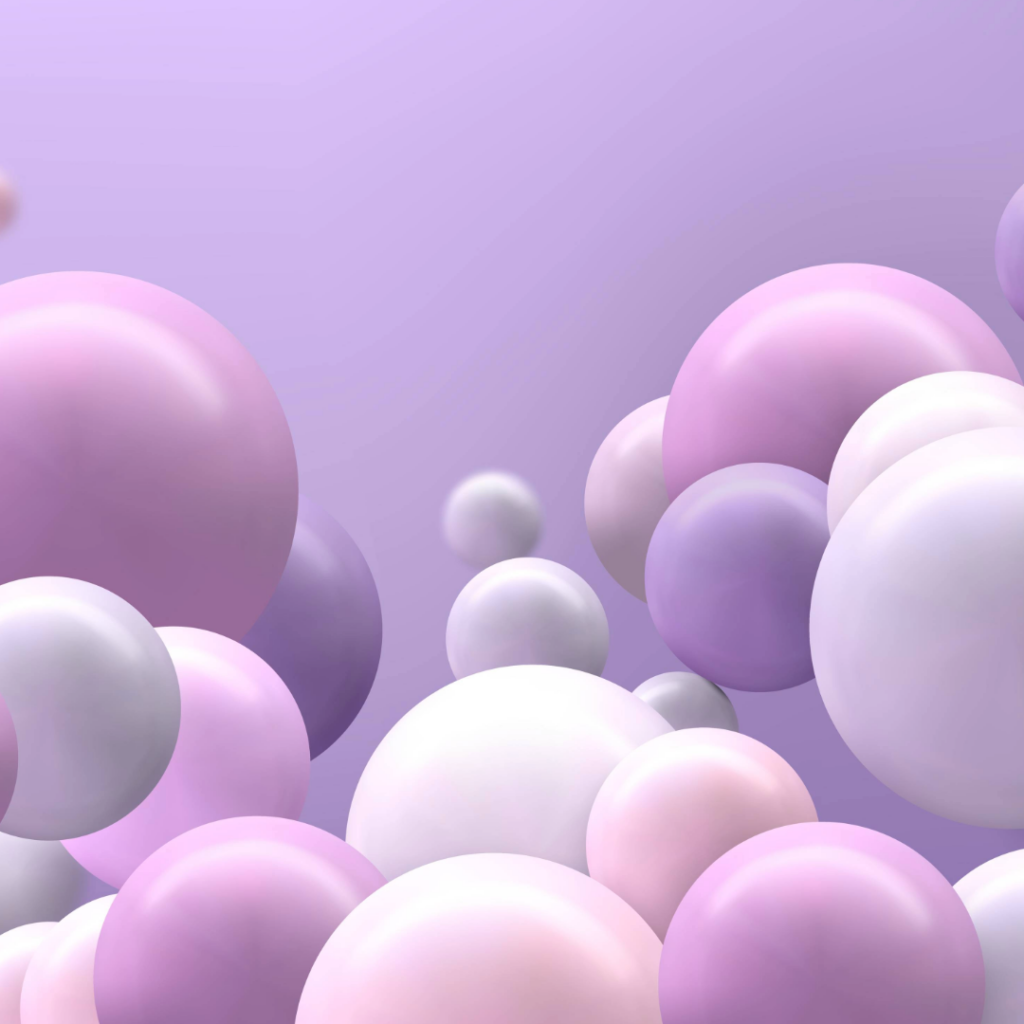
3D
3D either looks great, or it looks terrible. There’s very little in between. Numerous times in the past, 3D has trended in various industries, including graphic design, but before, there’s been a clear delineation between the haves and the have-nots, as those with the right technology and know-how are able to make graphics that truly pop, while the vast majority make easily identifiable knockoffs, and the trend dies away.
This time, however, is different for one key reason: the technology required to make great looking 3D images is now widely available, and more and more designers are starting to realize that, done properly, 3D graphics look great.
Expect to see more and more 3D graphics in the coming years as the gates preventing most designers from creating them properly have come tumbling down.

